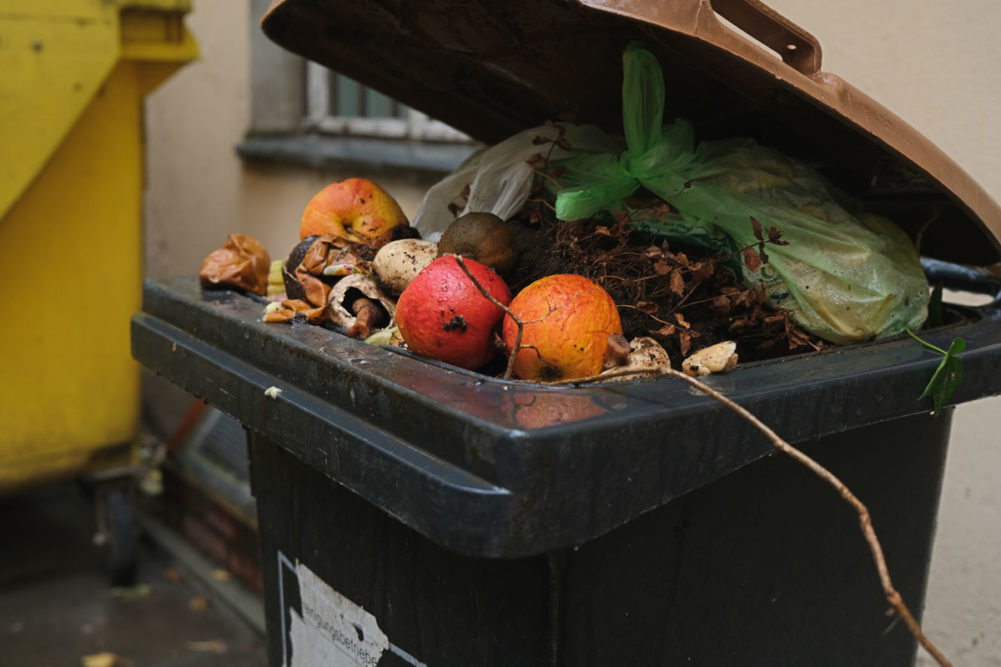The U.S. wastes an estimated 40% of its food, with 7% of this tied to expiration and “best before” labels. But much of the waste is simply because it didn’t get sold before it perished, said John Clear of the Alvarez and Marsal consultancy.
“While waste might seem inevitable, it’s possible to reduce the amount of scrap and AI shows some promise in this effort.”
A new report from Alvarez and Marsal, The Grocer’s Sustainability Playbook: How sustainability can boost your bottom line, addresses the role of AI and other high-tech solutions — as well as some decidedly old school methods — in meeting grocers’ and their supplier partners’ sustainability goals.
Among the report’s highlights are ways of increasing visibility into and control of the end-to-end supply chain process, including:
- Using data rather than gut feeling: The importance of proper training for store managers and fresh leads on how to correctly order for stores.
- Proactively managing the assortment to prioritize high velocity SKUs and mitigate potential scrap items with lower turns.
- Future state of grocery waste management: AI/Machine Learning that combines all the sales/ordering variables to increase volume on high turning items, reduce holding on low velocity SKUs and recommend assortment reductions.
“Does sustainability need to come at the expense of profits,” the report asks. “The answer is an emphatic ‘No!’”
In fact, according to Alvarez and Marsal, being a more environmentally responsible retailer typically means being a more effective and profitable one.
“While the supply chain shocks and labor shortages of the pandemic have pulled the focus of many executives away from sustainability, savvy grocers are acting now to meet the demands of today’s eco-conscious consumer and investor,” according to the report.
Improving inventory management is critical to reducing waste, focusing on the most problematic categories in fresh. Over 40 billion pounds of food is wasted in grocery stores in the U.S. every year, according to the USDA.
“This waste is not only bad for the planet; it can also quickly erode margins, with typical levels of waste ranging between 5-10% across fresh departments.”
Improving inventory management not only reduces this waste, but also improves margins and drives on-shelf availability of these categories which are key drivers of primary shopper traffic, according to the report.
There are a range of tools in the marketplace to improve forecasting and ordering.
Perhaps one of the most advanced, according to the Alvarez and Marsal consultants, is being used in Albertson’s stores, where the food giant recently launched AI-powered food waste reduction technology as part of its plan to reduce waste by 50% by 2030.
The technology leverages data on perishability, historical sales and customer demand to optimize ordering.
Not every retailer has the infrastructure to launch a technology of this scale today, according to the report. But they can target the categories where waste is causing the biggest losses and find opportunities to make immediate improvements.
“For example, could targeted promotions be used to reduce excess inventory,” according to the report. “Are existing forecasting tools being used to their fullest capability? Targeting the root cause and implementing a simple solution can have surprising results.”

